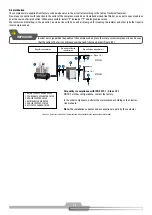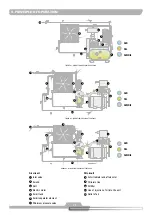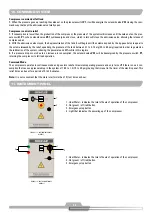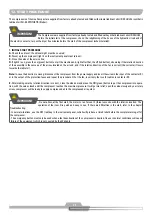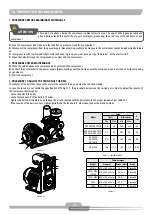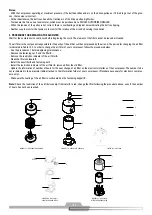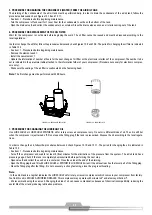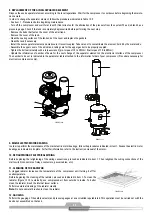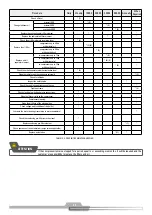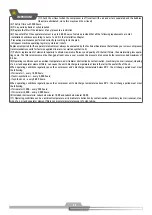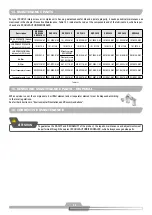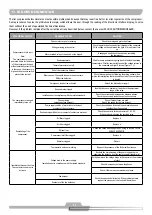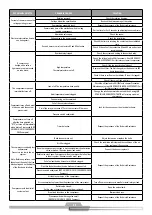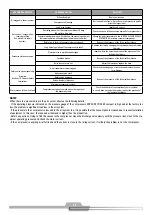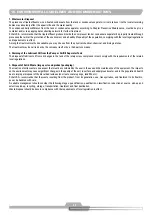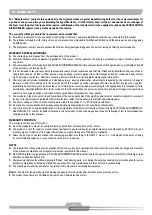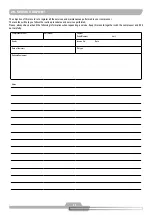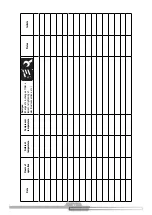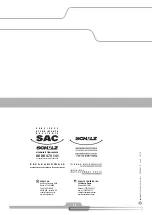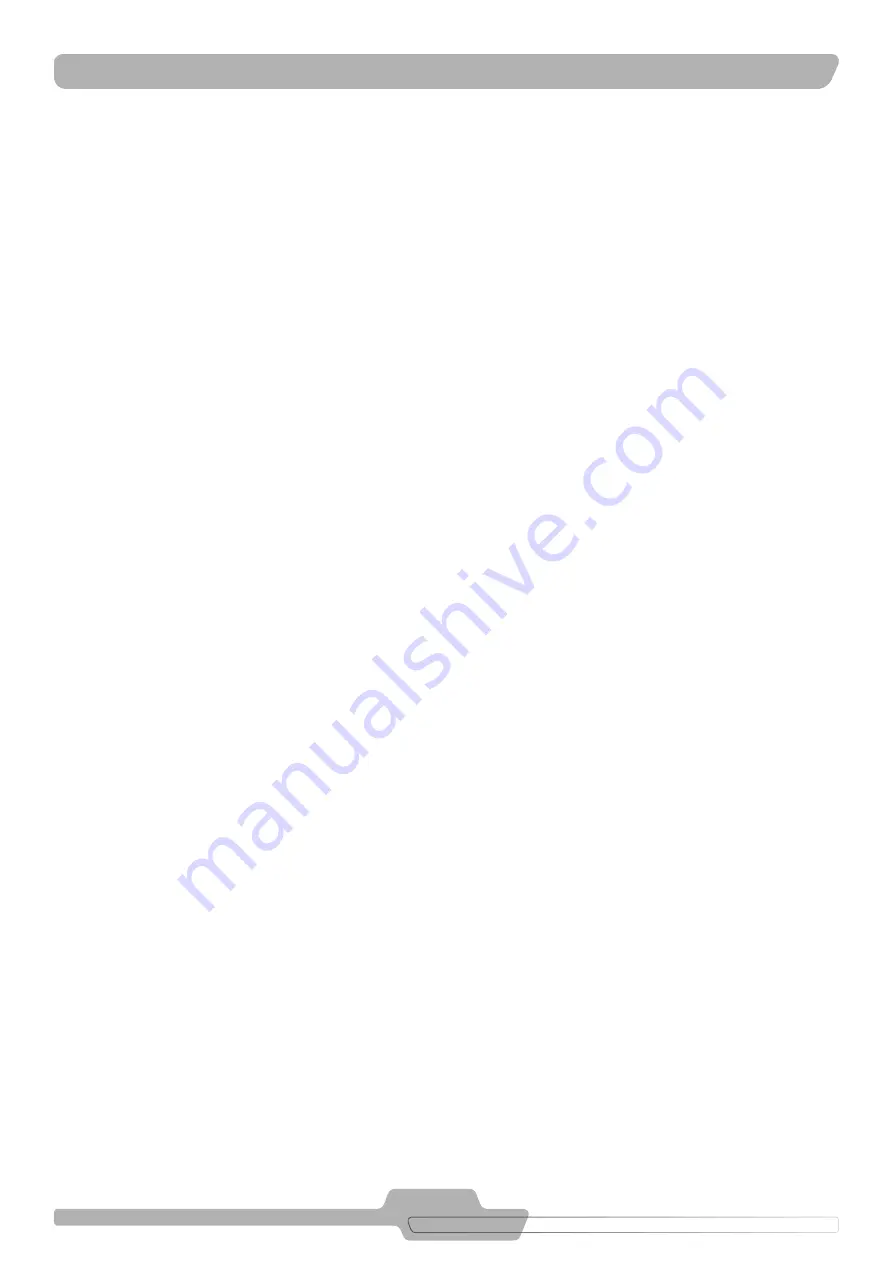
90
1. Wastewater Disposal
The presence of liquid effluents or non-treated condensate from the tank or condensate separator in rivers, lakes or in other water receiving
bodies may adversely affect the aquatic life and the water quality.
The condensed daily withdrawn from the tank or condensate separator, according to Chapter Preventive Maintenance, must be kept in a
container and/or in an appropriate collecting network for further treatment.
Schulz S.A. recommends that the liquid effluent produced inside the compressor tank or condensate separator be properly treated through
processes that aim at the protection of the environment and a healthy life quality of the population, complying with the local legal regulations
and requirements in effect.
Among the treatment methods available, you may choose from the physical-chemical, chemical, and biological ones.
The treatment may be carried out by the company itself or by a third party company.
2. Draining of the Lubricant Oil from the Pump or Air/Oil Separator Tank
The disposal of lubricant oil from oil changes in the tank of the rotary screw compressor must comply with the requirements of the related
local regulations.
3. Disposal of Solid Waste (large parts and product packaging)
The creation of solid waste is one aspect that must be considered by the user in the use and the maintenance of the equipment. The impacts
on the environment may cause significant changes in the quality of the soil, in surface and underground water, and in the population’s health
due to improper disposal of the discarded residues (on streets, water springs, landfills, etc).
Schulz S.A. recommends that the waste resulting from the product, from its generation, use, transportation, and treatment to its final dis-
posal, be handled with care.
A suitable management should consider the following stages: quantification, qualification, classification, reduction at source, pick-up and
selective pick-up, recycling, storage, transportation, treatment and final destination.
Waste disposal should be done in compliance with the requirements of local legislation in effect.
18. ENVIRONMENTAL GUIDELINES AND RECOMMENDATIONS

